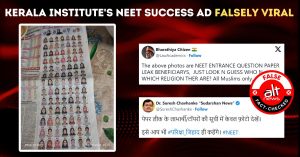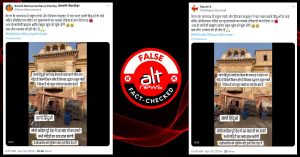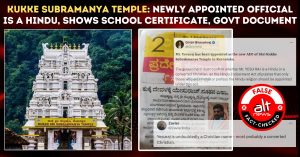“Massive controversy breaks out as Social Science textbook in Karnataka includes chapters on How to Islamize country, how to spread Christianity and force kids to visit Mosques and Churches!” screams the headline of Postcard News.
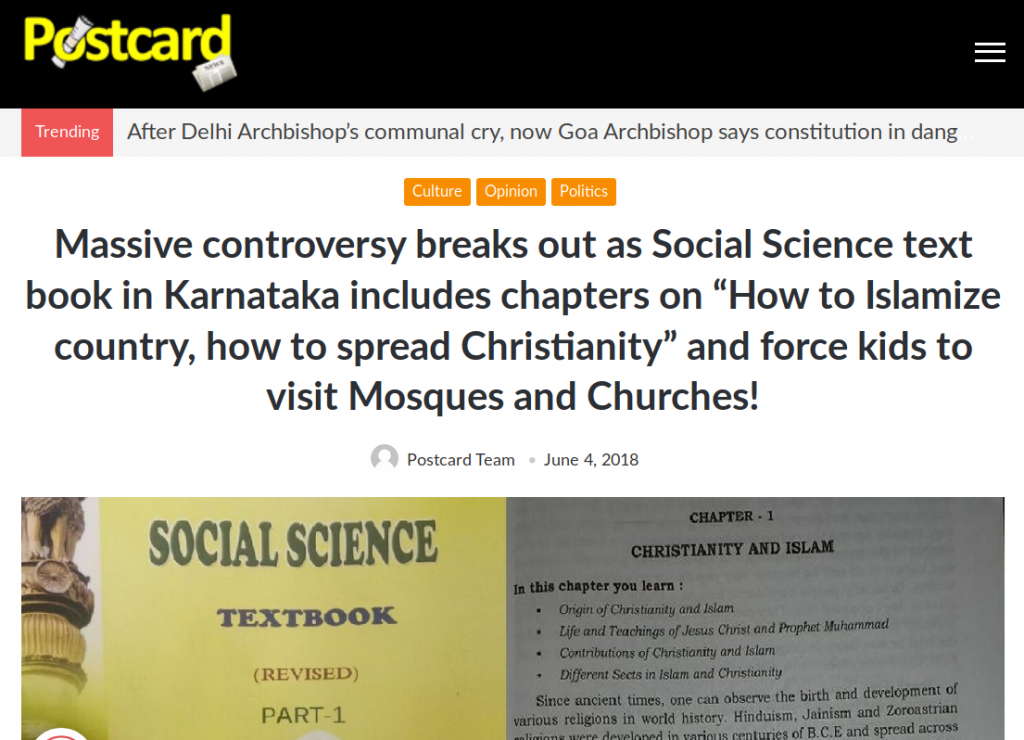
The article goes on to explain that the chapter has been included “on orders of Congress high command which is nothing but a mouth piece of ROME and VATICAN”. The article further adds that “Sonia Gandhi is spearheading a campaign to turn the country into Christian dominated Nation by helping missionaries and Churches in mass conversions. On the other hand she is helping Islamization to keep her vote banks safe in the country.” Reading a few sentences from the article, you can be almost certain that this is a manufactured controversy, but let us dig deeper and find out more about the social science textbooks of Karnataka.
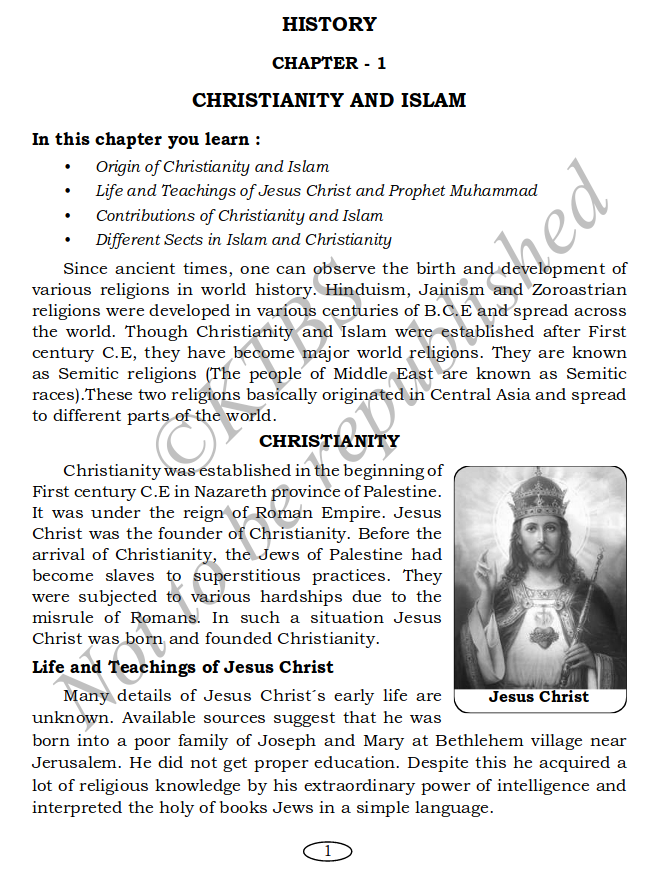
The six page chapter on “Christianity and Islam” in the History section of grade 9 Social Science Textbook in Karnataka has offended many social media nationalists. Several right wing accounts have been tweeting and retweeting incessantly about it adding the familiar dose of whataboutery to their tweets.
In Karnataka, The new Revised Social Science textbook for 9th Standard opens with 1st Chapter on Christianity and Islam. Is this really Social Science? its fine but if someone talk about Yoga in Schools for good health then its Saffronization of Education.https://t.co/5qXDZhopcm pic.twitter.com/roxChFQG7L
— Anshul Saxena (@AskAnshul) June 4, 2018
How to propogate Christianity,
How to Islamize country…Refer to 9th standard Social Science Text book in Karnataka.
For advanced studies please visit 10 JP in Delhi. pic.twitter.com/SCL6FdVqt6
— Dr Aishwarya S (@Aish17aer) June 3, 2018
A Chronological presentation of history
Alt News reviewed the revised Grade 9 (Part 1, Part 2) social science textbook in detail. To make sure we can get a complete picture, we also reviewed the textbooks of Grade 8 and 10 (Part 1, Part 2). As expected, the History topics are presented in a chronological order. Though the focus is on Indian history, topics from world history are added to provide the context.
| GRADE | HISTORICAL PERIOD | TIME FRAME | TOPICS COVERED |
| EIGHT | ANCIENT AND EARLY MEDIEVAL | Circa 2500 BCE-11th century BCE | Pre-historic India; Greek, Roman and American civilizations; Vedic period; Rise of Buddhism and Jainism; Mauryas and Kushans; Gupta dynasty; Pallava and Chola kingdoms |
| NINE | MEDIEVAL | 7th century CE-16th century BCE | Christianity, Islam, Bhakti movement- Guru Nanak, Chaitanya, Kabir etc; religious reformers- Shankaracharya, Madhavcharya, Ramanujacharya, Basaveshwara; medieval India and political transition; Bahmani and Vijayanagara kingdoms |
| TEN | MODERN | 17th century CE-Present | Socio-religious reformers- Raja Ram Mohan Roy, Dayananda Saraswati, Aligarh movement, Ramakrishna Mission, Periyar etc.; Revolt of 1857; Rise of the nationalist movement; Post-independence history |
As can be seen from the table above, the History part of the social science textbook for Grades 8-10 cover the history of India from ancient times to the present. For each of these periods, the curriculum is diverse, incorporating the history of various belief systems from Hinduism, Buddhism and Jainism to Christianity and Islam.
Grade 8 covers the portion of ancient India & the world and chronicles the rise of Jainism and Buddhism, covering topics up to the Chola dynasty.
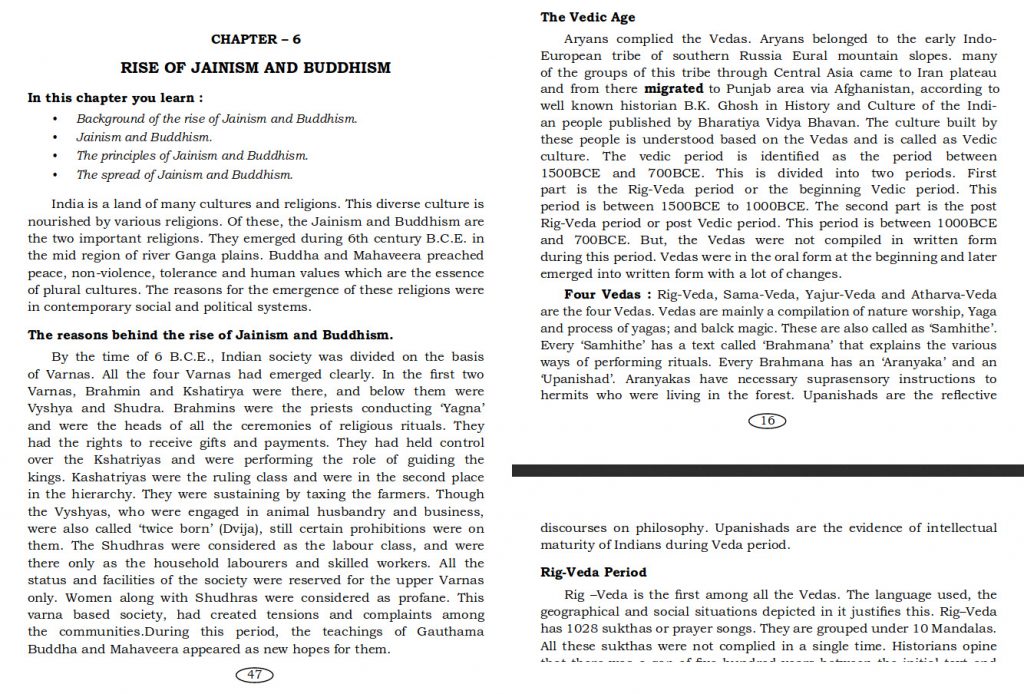
Grade 9 which has been the subject of controversy, covers Medieval India. The brief chapter on spread of Christianity and Islam in the world provides the context for the next chapter that covers the arrival of the Turks to India.
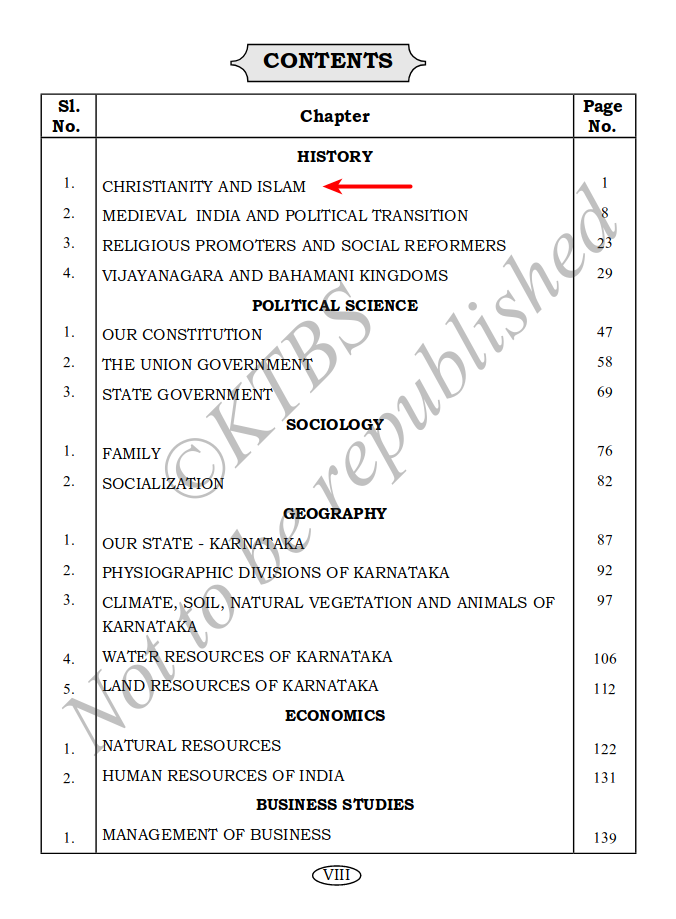
Further chapters include other important happenings of that era, like India’s religious reformers and their philosophy and teachings. The chapter on social reformers covers life and teachings of Shankaracharya, Madhvacharya, Ramanujacharya and Basaveshwara. The principles of Dwaita, Adwaita and Vishistadwaita are also discussed. Part 2 of the grade 9 textbook includes chapters on Mughals and Marathas, Bhakti Panth, Europe in the middle ages, Modern Europe, Revolution and Unification of nations.
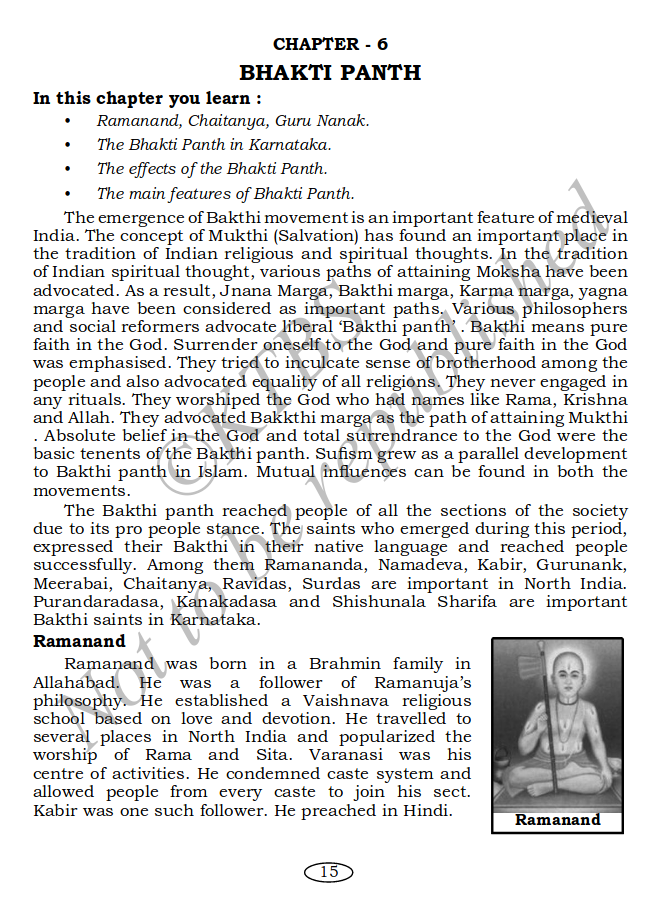
Grade 10 focuses on Modern India including advent of Europeans to India and British Rule. It also talks about the various social and religious reform movements that emerged in the country in the 19th century.
The chapter on Christianity and Islam is presented as a context for the happenings in Indian history in the medieval and modern periods. It is not a chapter on “how to Islamize the country, how to spread Christianity” as claimed by Postcard News and those outraging about it.
It was also portrayed by multiple social media posts that this is a newly released syllabus. However, Alt News found that the chapter on Christianity and Islam was criticised back in 2015, when a social media user had tweeted the Kannada version of the textbook with an image of the same chapter. It was also pointed out by a user in 2013.
Karnataka’s 9th standard Social Science book 1st lesson -> “Religions of Christianity and Islam”. So secular we are. pic.twitter.com/qUM5ua6A47
— Hindu Lingayata (@Deshabhakta) August 15, 2015
Got to know first chapter in social science for class 9 students in Karnataka is introduction to Islam & Christianity. Secularism zindabad!
— Dhruva Somayaji (@DhruvaSomayaji) October 20, 2013
The curriculum for school text books in Karnataka is based on the National Curriculum Framework, which prescribes broad guidelines for school education.
Based on the National Curriculum Framework 2005
National Council for Education and Training (NCERT) has published four Curriculum Frameworks in 1975, 1988, 2000 and 2005 for syllabi and textbooks for Indian school education. The current framework being followed across the country is the National Curriculum framework 2005 (NCF 2005).
Those outraging about the Karnataka grade 9 History chapter on “Christianity and Islam” will be surprised to learn that it has been prescribed by the NCF 2005. The Unit, concepts to be covered, objectives, method and evaluation and activities are all laid out by the NCF. The chapter in the Karnataka history text book has been prepared along these guidelines.
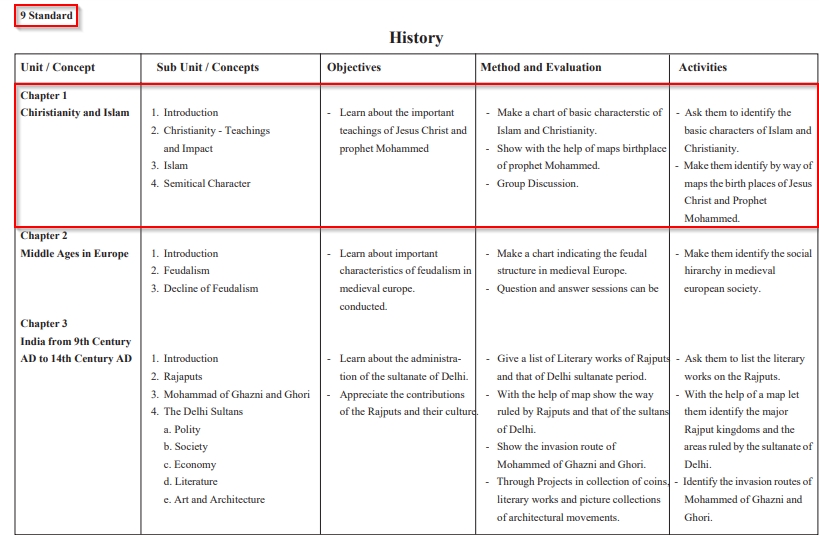
Roots of the controversy
The outrage about the content of the History book is an outcome of the controversy about the review of Karnataka textbooks that has irked BJP leaders and supporters since the time it was announced.
In 2014, the Karnataka government had constituted several committees to review the State syllabus textbooks from classes 1 to 10 headed by Baragur Ramachandrappa. A total of 185 members and 27 committees were appointed to revise 352 titles in seven mediums for the 2017–18 academic year.
The committee essentially reviewed the textbooks that were prepared during the previous BJP government. A section of BJP leaders had opposed the distribution of the revised textbooks to students. They had approached the Ministry of Human Resource Development calling for a review by NCERT.
NCERT reviewed the Karnataka state textbooks on the instructions of the Ministry of Human Resource Development. The NCERT report found that “Though there is no bias in terms of gender, inclusion and environment throughout the text books, they lack activities/tasks/text that would sensitise the learners towards these concerns”. The criticism was limited to the lack of learner centric activities and not on the content as the topics covered in the books were based on the National Curriculum framework 2005.
History has been a contested battle ground for successive governments and ideologies in power, who have looked to push the version of history which best serves their interest. The controversy about the Social Science textbook is clearly a manufactured one. The chapter on Christianity and Islam is based on the National Curriculum Framework published by the NCERT. It is pure mischief to project a chapter that is providing historical context to the study of medieval history as an attempt by Karnataka government to “Islamize the country and spread Christianity”. This is once again a case of malicious and agenda-driven propaganda by Postcard News and right wing twitter users.
Independent journalism that speaks truth to power and is free of corporate and political control is possible only when people start contributing towards the same. Please consider donating towards this endeavour to fight fake news and misinformation.
